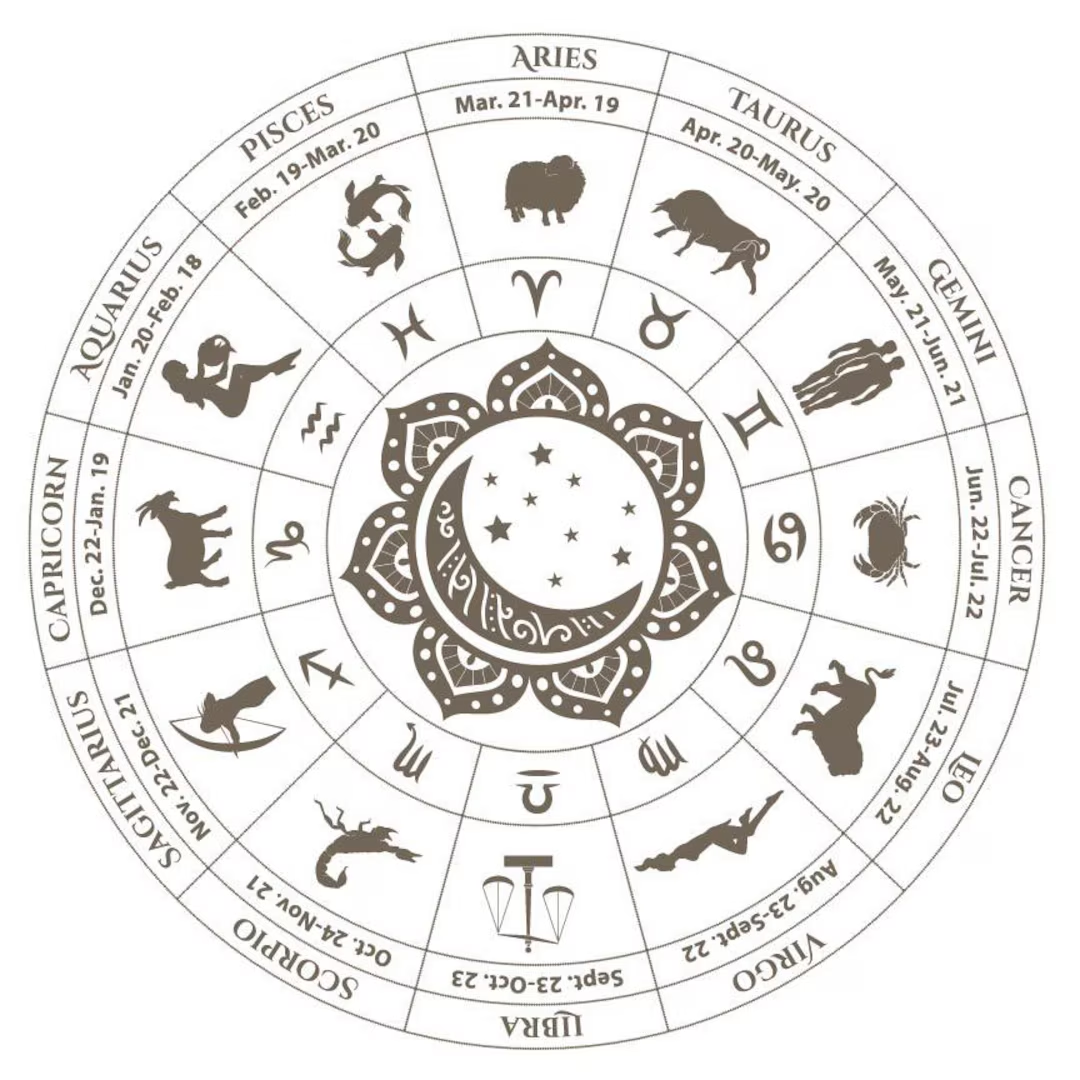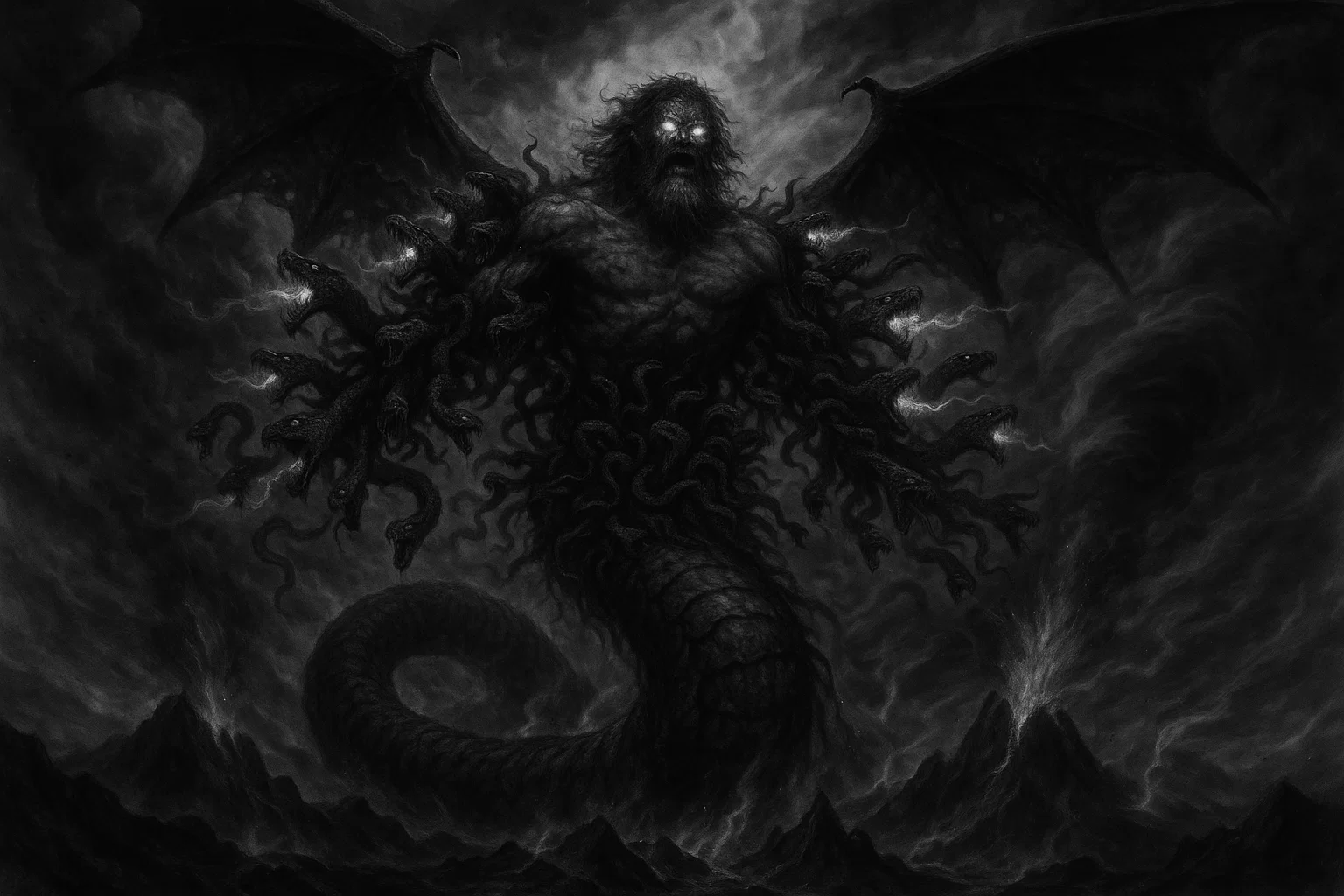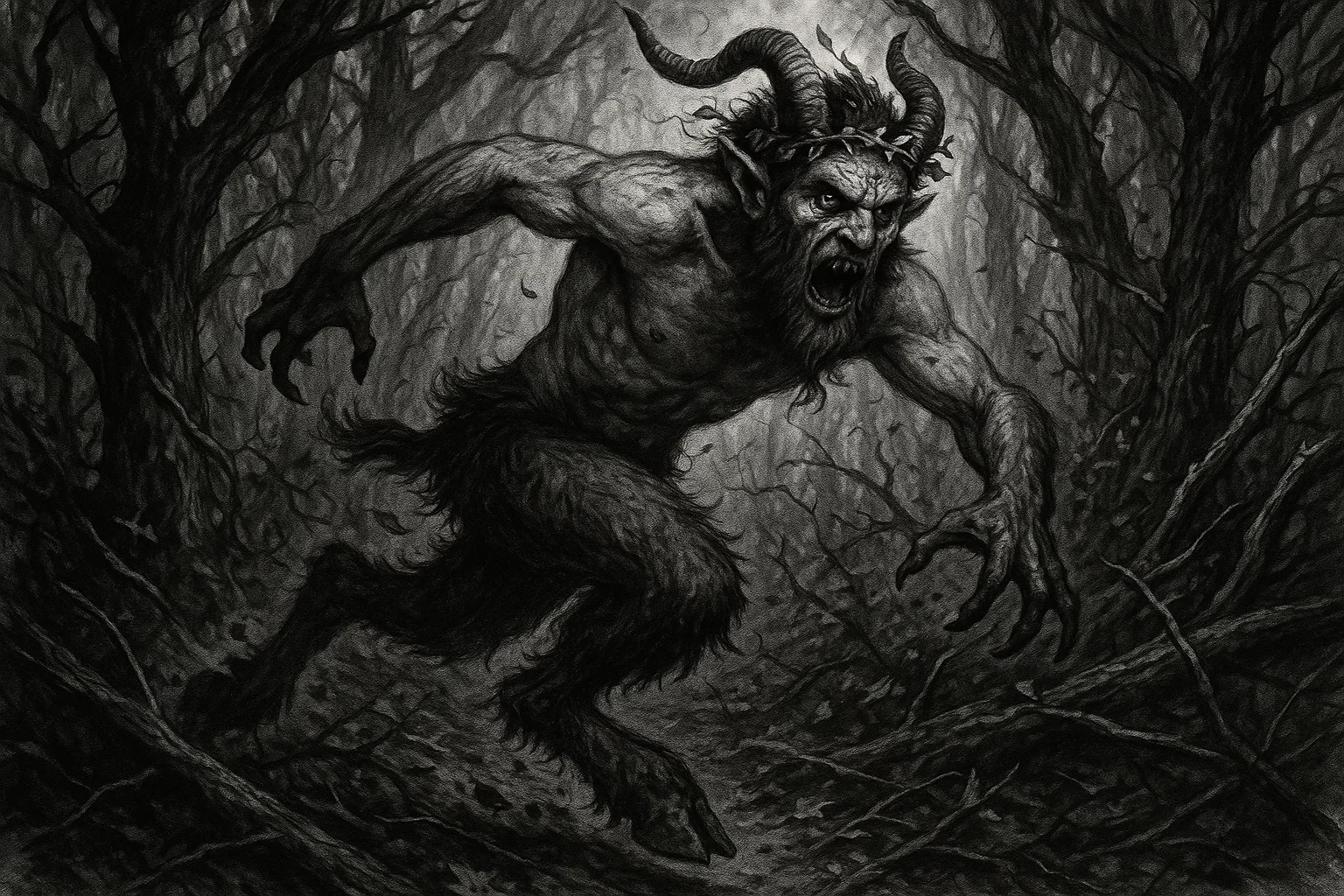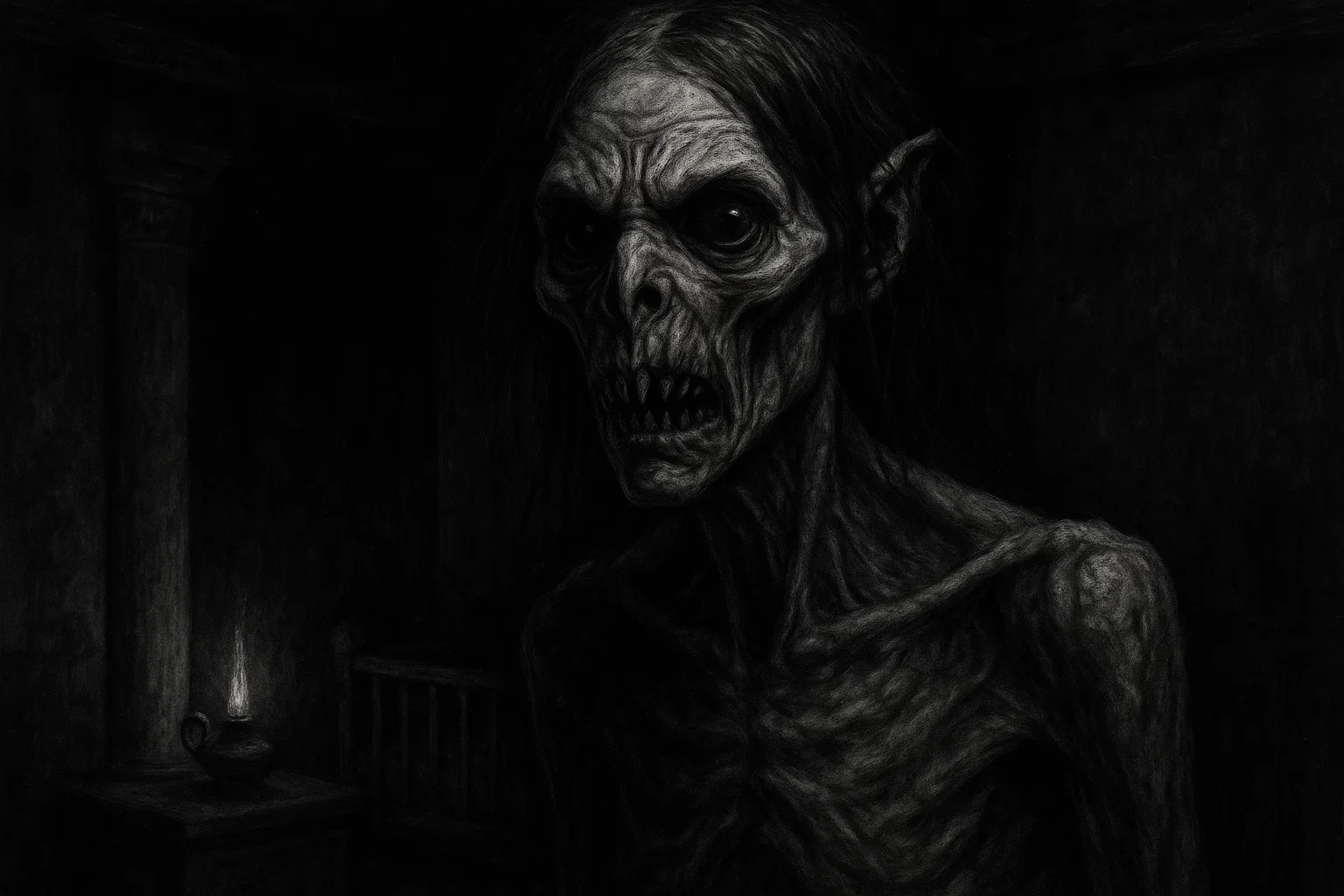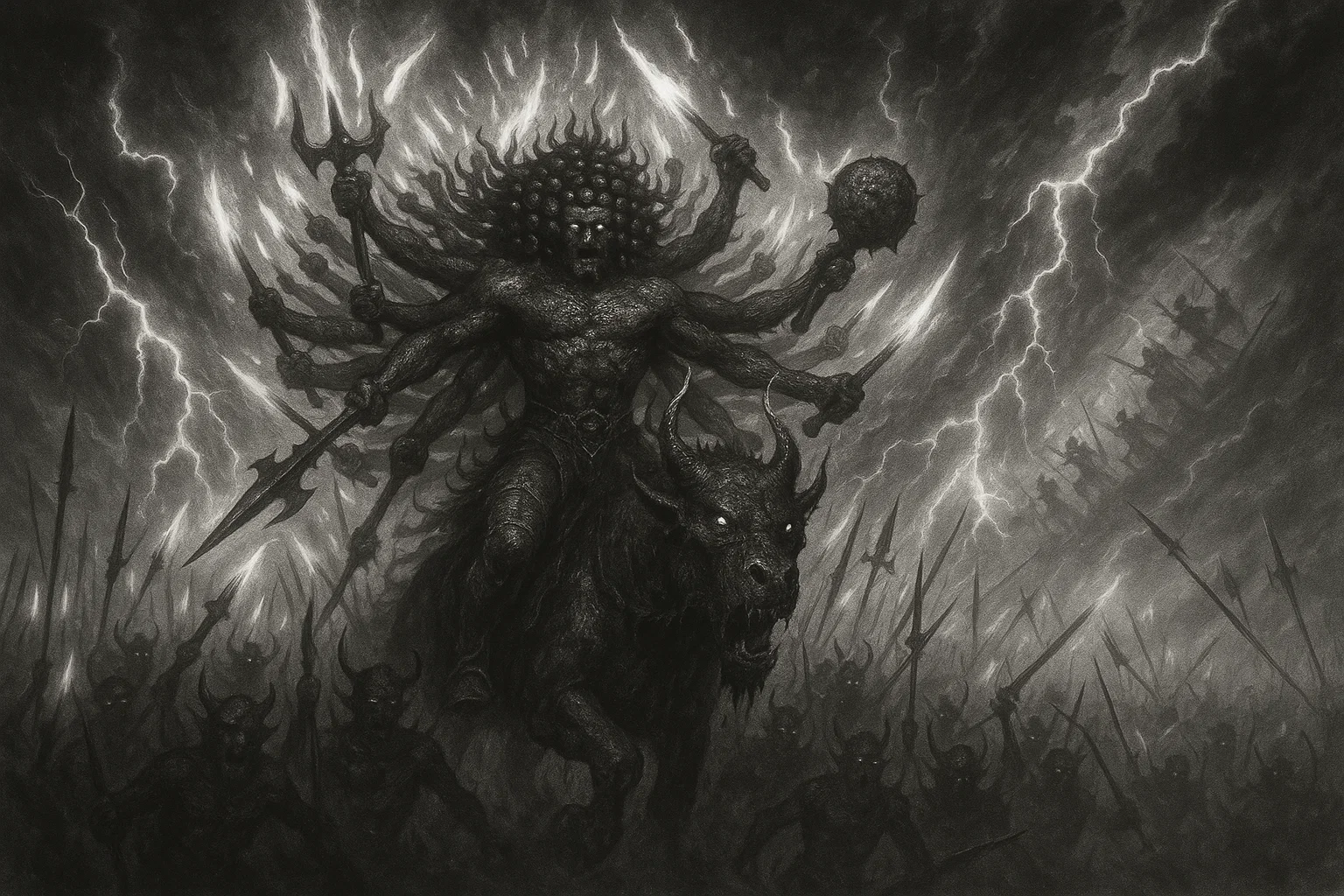Holawaka is a legendary bird-like cryptid in the traditional folklore of the Oromo people, who primarily reside in the East African nation of Ethiopia. This mythological creature is not a terrestrial cryptid in the modern sense. Rather, it is described as a divine messenger—a spirit bird sent by the celestial gods, often referred to as Waaqa, the supreme sky deity.
The central narrative involving Holawaka serves as an aetiological myth, fundamentally explaining two critical aspects of the natural world: the origin of irreversible human mortality and the unique biological ability of snakes to rejuvenate by shedding their skin.
Summary
Overview
| Attribute | Details |
| Name | Holawaka |
| Aliases | The Messenger Bird of Mortality, Waaqa’s Messenger, Galla Bird |
| Threat Level | Benign (Mythological entity), but its actions are cited as the cause of universal human mortality |
| Habitat | The celestial realm (source of dispatch); Terrestrial environment of historic Oromo regions in Ethiopia |
| Physical Traits | Avian entity/Spirit Bird; physical appearance largely undefined in canonical myth; possesses unique ability to understand animal language |
| Reported Sightings | Accounts rooted in the enduring oral traditions of the Oromo people, primarily located in the Oromia region of Ethiopia |
| First Documented Sighting | Pre-literate oral tradition; earliest ethnological references document the existence of the Oromo narrative |
| Species Classification | Divine/Spirit Being; Avian (bird); Unknown classification |
| Type | Mythological Messenger; Airborne/Terrestrial |
| Behavior & Traits | Initially obedient, then exhibited carelessness/greed (trading message for food); Currently characterized by eternal lamentation and suffering |
| Evidence | Extensive and consistent oral tradition; Documentation in historical mythological and ethnographical texts |
| Possible Explanations | Aetiological myth explaining human mortality; Moral cautionary tale about the consequences of greed and broken divine trust |
| Status | Enduring, integral cultural myth within Oromo heritage |
Who or What Is the Holawaka?
Holawaka holds an essential position in Oromo cosmology, primarily acknowledged as a high-status divine messenger sent directly by the celestial gods.
The Oromo people’s traditional belief system centers on the Supreme Being, Waaqa, the sky god, who is believed to have originated the event. The divine mandate entrusted to Holawaka was a crucial communication intended to grant mankind the gift of eternal life.
The message stipulated that when humans became old and weak, they would not perish; instead, they were instructed to simply “strip off their skins” to achieve instant rejuvenation and immortality, mirroring the biological capacity observed in reptiles.
Holawaka’s selection for this task highlighted its significance and its status as a trusted entity among the divine entities. Furthermore, the spirit bird was credited with the unique supernatural ability to understand animal language.
This ability, which allowed Holawaka to communicate with the creatures of the terrestrial world, ultimately proved to be the instrument of man’s downfall, transforming the bird’s mission from one of eternal blessing to one of universal doom.
Your Personalized, Hyper Accurate Moon & Astrology Reading
Limited time offer: Get your FREE, fully personalized Moon & Astrology Reading that takes astrology to a whole new level. Discover the secret depths of your personality, relationships, and true purpose in life.
What Does the Holawaka Look Like?
A defining, yet bizzare, characteristic of Holawaka is the significant lack of explicit physical description within the classical Oromo myth. The entity is universally characterized as an avian figure or spirit bird. Still, available sources offer no canonical details regarding its size, plumage, coloration, or specific morphology.
This lack of observational data places Holawaka in sharp contrast to many other well-known cryptids, such as Bigfoot or the Loch Ness Monster, which are defined by their purported physical characteristics.
The interpretation of this ambiguity is often that Holawaka’s essence is purely symbolic and narrative, rather than corporeal. In this mythological context, the creature’s function as the messenger of cosmic destiny far outweighs any necessity for a detailed physical form.
The entity is therefore defined entirely by its catastrophic action—the failure to deliver the correct message—not by its aesthetics. Though modern illustrations may depict it generically as a large, striking bird, these depictions are speculative and hold no foundation in the oral tradition itself.
You May Also Like: Is the Jersey Devil Real? Eyewitness Accounts and Chilling Encounters
Habitat
Holawaka’s geographical and cosmological context is deeply tied to the history and culture of the Oromo people, the largest ethnic group inhabiting the Oromia region of Ethiopia.
While the bird was sent from the divine, celestial realm, the myth’s critical events take place is the terrestrial environment of the Ethiopian highlands and pastoral lands where the Oromo traditionally settled.
The physical environment provides the stage for the cosmological crisis: the encounter between Holawaka, the airborne messenger of the sky god Waaqa, and the earth-bound serpent.
The interaction occurs along the bird’s path toward humanity, placing the catastrophic exchange directly on the boundary between the divine world and the natural, mortal world.
The land itself, which the Oromo traditionally believe belongs to both the living and the dead, becomes central to the narrative’s explanation of mortality.
Holawaka’s “habitat,” therefore, is less a hiding place for a wild creature and more the specific cultural and geographical domain in which the Oromo myth evolved to explain observed phenomena in their natural surroundings, particularly the contrast between the eternal renewal of the snake and the irreversible aging of humanity.
Holawaka Sightings
Holawaka is unique in that there are no modern, physical “sightings” in the cryptozoological sense. Instead, the accounts are historical and cultural narratives that document a singular, decisive mythological event.
| Date | Place | Witness Details | Description | Reliability |
| Ancient Oral Tradition | Celestial Realm | Waaqa (The Sky God) | Holawaka dispatched to tell humanity they would achieve immortality by shedding their skin (rejuvenation) | High: Foundational, canonical mythological account |
| Ancient Oral Tradition | Terrestrial Pathway (Oromia) | Holawaka, The Snake | Holawaka encountered the snake eating an animal carcass and agreed to trade the divine message for food | High: Core element establishing the causal event for mortality |
| Ancient Oral Tradition | Terrestrial Pathway (Oromia) | Holawaka, The Snake | Holawaka relayed the altered message: humans will die, but snakes will grow young again by changing skin | High: Conclusion of the myth, establishing the fate of both species |
| Ancient Oral Tradition | Celestial Realm | The Gods, Holawaka | The Gods, in punishment for Holawaka’s betrayal, inflicted a terrible, eternal disease | High: Explains the bird’s perpetual sorrowful existence |
Awaken XT is unlike anything you’ve ever tried before…
…it’s based off a closely guarded formula that’s said to be able to supercharge your pineal gland and help you access your untapped inner power. With it’s unique blend of extremely hard to source ingredients, Awaken XT helps support the healthy functioning of your pineal gland, as well as your other organs in your body.
The Divine Mandate and the Journey
The foundational account begins with Waaqa, the supreme Oromo deity, initiating the plan for human immortality.
The gods selected Holawaka, their trusted spirit bird, to carry the message. The divine mandate was clear: upon reaching old age, humans were to shed their skin, thereby becoming immediately rejuvenated and immune to permanent death.
Holawaka’s initial status was one of pure, benevolent service, bridging the celestial world of the divine with the terrestrial world of man. This initial divine intent established that death was never meant for humanity; mortality was introduced later by error.
You May Also Like: Is Cadborosaurus the Real Sea Serpent of the Pacific Northwest?
The Bargain with the Serpent
The core tragedy unfolded during Holawaka’s journey to deliver the life-changing news. The bird encountered a snake consuming the carcass of a dead animal.
Driven by hunger, the messenger succumbed to a moment of earthly weakness, pleading with the snake for a share of its meal. The serpent agreed to the trade only under the condition that Holawaka reveal the divine message it was carrying.
At this crucial juncture, Holawaka demonstrated a lapse in divine responsibility, exchanging the eternal secret of life for temporary sustenance.
When relating the message, Holawaka critically altered the meaning, informing the snake that when humans grow old, they will die. Still, when snakes grow old, they will shed their skin and become young again. This act of carelessness—trading eternity for a single meal—defines the myth’s moral pivot point.
The Punishment of the Messenger
The consequence for this profound betrayal of divine trust and the subsequent transfer of immortality was swift and terrible. As punishment for dooming the human race to a mortal existence, the celestial gods inflicted a terrible, eternal disease upon Holawaka.
This affliction condemns the bird to a state of perpetual agony, causing it to “cry out in pain forever “.
This eternal lamentation transforms the mythological figure into a potential auditory phenomenon, where mournful or sorrowful bird calls heard in the Oromia region might be interpreted as the ongoing, wretched suffering of the eternally punished Holawaka.
Evidence & Investigations
The nature of Holawaka as an aetiological myth means that standard physical evidence typically sought in cryptozoology—such as tracks, lair locations, or tissue samples—does not exist. The documentation and investigation into Holawaka are therefore cultural and historical, focusing on the preservation of belief.
The strongest form of confirmation for Holawaka is the sheer persistence and consistency of the oral tradition within the Oromo culture. This shared cultural memory functions as the historical record, ensuring the myth’s core components remain unchanged across generations.
Ethnographers and mythological researchers, serving as the primary investigators, have documented this narrative extensively in scholarly works, confirming its widespread prevalence.
This ethnographic documentation establishes Holawaka’s “reality” as an integral part of the Oromo worldview, despite historical pressures from external religions.
Perhaps the most compelling “evidence” for the myth’s accuracy lies in the observed biological consequences it explains: the universal fact that humans experience irreversible death, and the readily observable fact that snakes routinely shed their skin to renew their vigor.
The Holawaka narrative provides a self-validating, causal explanation for these everyday biological realities, cementing the story’s relevance within the Oromo understanding of the natural world.
You May Also Like: The Lake Tanganyika Monster: A Living Prehistoric Beast?
Theories
Since Holawaka is not a physical creature but a vessel for cosmological explanation, the theories surrounding it focus not on its survival but on its function, meaning, and anthropological context.
The Aetiological Function of the Myth
The primary theoretical framework for understanding Holawaka classifies the story as an aetiological myth, designed to provide a moral and structural answer to fundamental questions about existence.
Specifically, the narrative answers: Why do humans die, and why are snakes able to rejuvenate through ecdysis (skin-shedding)? By attributing the loss of human immortality and the gain of snake renewal to Holawaka’s singular, flawed decision, the Oromo cosmogony constructs a logical structure for reality.
Furthermore, this narrative structure performs a critical theological function: it protects Waaqa, the supreme deity, from the blame for human suffering and death, placing the fault squarely on the shoulders of the fallible, greedy intermediary bird.
The Messenger Archetype and Moral Caution
Holawaka fits squarely within the ancient, widespread archetype of the Careless Messenger or Failed Messenger. This creature—either by accident or by selfishness—disrupts a benevolent divine plan, leading to catastrophic consequences for humanity.
Holawaka’s failure stemmed entirely from a moment of base temptation—yielding to hunger for an animal carcass. This emphasis on immediate, terrestrial gratification overriding sacred responsibility serves as a potent cautionary tale within the Oromo social structure.
The narrative implies that prioritizing temporary, physical needs (a meal) over eternal, spiritual obligation (the message) leads to irreversible, cosmic loss (immortality). The bird’s perpetual suffering reinforces the severity of such moral failure.
You May Also Like: What Is the Agogwe? The Mysterious Hairy Dwarf of East Africa
Anthropological Parallelism in African Folklore
The Holawaka narrative is a regionally specific expression of a deeply rooted Pan-African mythological motif concerning the origin of death, often termed the “perverted message “.
This motif is widespread, appearing in the lore of various African peoples, including the San, Khoikhoi, and Hottentots, who feature messengers such as the Hare, the Chameleon, or the Praying Mantis. In these parallel myths, an intermediary—either through malice, impulsivity, or slowness—miscommunicates the divine message of renewal or immortality, thereby condemning mankind to mortality.
Holawaka serves as the Oromo cultural manifestation of this shared concern, reflecting a deep, continental preoccupation with communication failure, the fallibility of intermediaries, and the universal challenge of accepting death.
Comparison with Other Similar Cryptids
While Holawaka is a mythological messenger, it is useful to contextualize it alongside other legendary African entities, particularly those dealing with death, divine communication, or unusual forms.
| Figure | Culture/Origin | Classification | Function/Theme | Outcome |
| Impundulu | Zulu/Xhosa (South Africa) | Lightning Bird/Familiar | Messenger of divine wrath; servant of witches | Associated with illness, misfortune, and vampirism |
| Hare (Mantis Myth) | San/Khoikhoi (South Africa) | Trickster/Messenger (via Moon) | Botches the message of cyclical renewal due to impulsivity | Brings definitive, irreversible mortality to humanity |
| Chameleon | Hottentot (South Africa) | Messenger (alternative account) | Slowly delivers the message of immortality | Misfortune/death is attributed to its slowness and lack of urgency |
| Eshu | Yoruba (Nigeria) | Orisha/Divine Trickster | Guardian of crossroads; instigator of confusion; tests fate | Creates necessary friction and communication challenges between gods and men |
| Liqimssa | Oromo (Ethiopia) | Monstrous Beast/Shapeshifter | Represents destructive external forces (famine, invasion) | Causes mass displacement and flight from ancestral lands |
| Mokele-Mbembe | Congo Basin (DRC) | Cryptid (Sauropod-like) | Physical remnant of prehistoric life; focus on survival in deep jungle | Sought through physical expeditions; focus is biological reality |
| Nandi Bear | Kenya/Tanzania | Cryptid (Carnivore, Hyena-like) | Physical entity described as aggressive, nocturnal predator | Focus on terrestrial predatory threat to livestock and humans |
| Olodumare | Yoruba (Nigeria) | Supreme Creator God | Sends entities to organize creation and communicate divine order | Remote god whose messages are subject to interpretation and failure |
| Thekwane | Zulu (South Africa) | Lightning Bird (Alias for Impundulu) | Divine messenger often linked to destructive storms and witchcraft | Serves as an omen of bad luck or destruction |
| Azi Dahaka | Persian/Zoroastrian | Serpent/Monster | Embodiment of evil, linked to tyranny and corruption | Antithesis of creation; a force of destructive mortality |
| Wagyl | Noongar (Australia) | Creation Serpent | Creator figure who shaped the rivers and landscape | Focus on creation and geographical origin, not mortality |
| Kibuka | Bugandan (Uganda) | War God/Bird | Used by gods to assist in battle; symbolic of defense | Focus on conflict and protection, not cosmic origins |
You May Also Like: Dingonek: The Mysetrious Predator That Terrified East Africa
Is Holawaka Real?
When assessed against the parameters of modern scientific verification and cryptozoology, Holawaka is not considered a physically verifiable species or biological organism existing in the wild.
There is no empirical evidence, such as photographs, remains, or documented sightings, to suggest the presence of a living spirit bird currently suffering from an eternal disease.
However, the question of Holawaka’s reality is better answered in the context of its immense cultural and narrative importance. Holawaka is fundamentally real as an aetiological figure—an essential myth that structures the Oromo people’s understanding of their own existence, their relationship with the divine, and the harsh inevitability of death.


